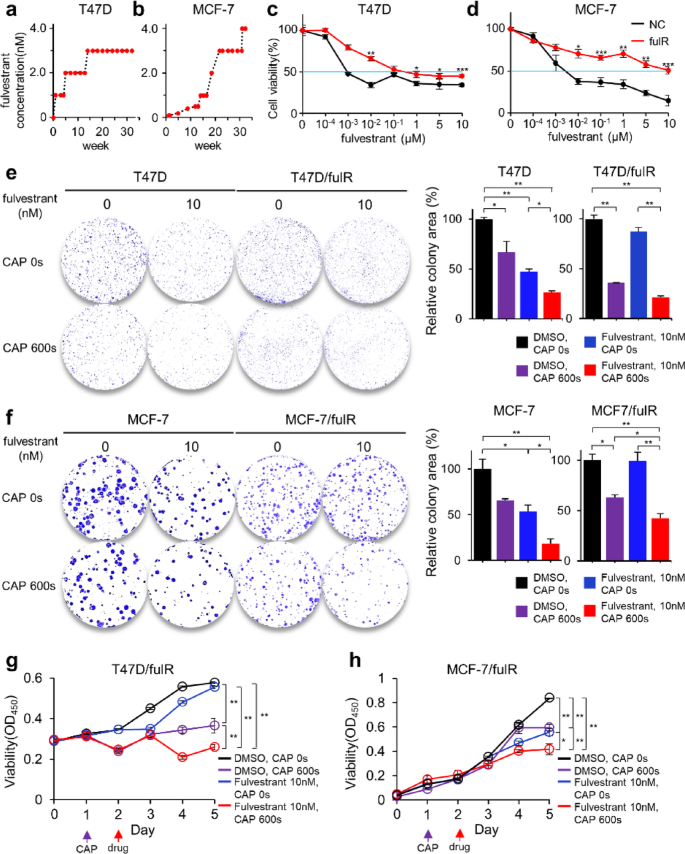Report on Indian Dietary Patterns and Metabolic Health in the Context of Sustainable Development Goals
Introduction and Summary of Findings
A recent analysis of a study by the Indian Council of Medical Research (ICMR) suggests that high carbohydrate consumption is a primary driver of metabolic diseases in India. However, this report posits that such a conclusion is an oversimplification. The core issue is not the consumption of traditional whole-grain staples like rice and roti, but rather the increasing intake of refined sugars, ultra-processed foods, and an overall high-caloric diet, compounded by sedentary lifestyles. This situation presents significant challenges to achieving key Sustainable Development Goals (SDGs), particularly SDG 3 (Good Health and Well-being) and SDG 2 (Zero Hunger), which encompasses nutrition and sustainable agriculture.
Analysis of Consumption Trends and Health Outcomes
Shifting Dietary Patterns vs. Health Metrics
An examination of consumption data reveals a disconnect between traditional food intake and rising health issues. This directly impacts the targets within SDG 3 concerning non-communicable diseases.
- Per capita monthly consumption of cereals has shown a significant decline over the last three decades.
- Conversely, annual per capita sugar consumption has steadily increased, rising from 23.7 kg in 2015 to a projected 25.5 kg in 2025.
- Total calorie consumption per person per day has increased in both rural and urban areas.
- The ICMR study itself noted that a 5% isocaloric replacement of carbohydrates with protein reduced the incidence of Type-2 Diabetes and prediabetes. The report argues this reduction should be achieved by eliminating sugars and refined products, not whole grains.
The Role of Lifestyle and Incomplete Data
The prevalence of metabolic disease is multifactorial and cannot be attributed solely to one food group. A holistic view is necessary to address SDG 3 effectively.
- A significant portion of the population leads inactive lives, with the study indicating that 61% of participants were sedentary.
- The study failed to account for the consumption of high-fructose corn syrup (HFCS) from soft drinks, a major contributor to sugar intake, due to a lack of data.
- A comprehensive approach must include lifestyle factors such as physical activity and stress management, alongside diet.
Implications for Sustainable Development
Impact on SDG 2 (Zero Hunger) and SDG 15 (Life on Land)
Misleading conclusions that vilify traditional staples could have severe repercussions for sustainable agriculture, food security, and environmental health, undermining the principles of SDG 2 and SDG 15.
- Generalized criticism of whole grains could negatively impact farmers engaged in traditional, sustainable agriculture.
- It may fuel demand for ultra-processed, plant-based proteins and industrial ingredients like HFCS.
- This shift could promote agricultural practices that are detrimental to the environment, potentially leading to the degradation of soil and water systems, which contradicts the goals of protecting terrestrial ecosystems.
Challenges to SDG 12 (Responsible Consumption and Production)
Current market dynamics and consumer behavior present significant obstacles to achieving SDG 12, which calls for sustainable consumption and production patterns.
- Industries are increasingly pushing cheaper, hyper-processed foods into the market.
- Rising purchasing power often leads to the consumption of convenience foods, which are frequently ultra-processed and high in refined sugars and fats.
- A diet already high in processed carbohydrates and sugars risks being further compromised by the addition of ultra-processed, poor-quality proteins.
- Contradictory and unclear nutritional information prevents consumers from making informed, responsible choices.
Recommendations and Conclusion
A Call for a Systems-Based Approach
To effectively address India’s metabolic health crisis while advancing the SDGs, a holistic, systems-based approach is required. This involves re-evaluating the entire food system, from production to consumption.
- Policy Differentiation: Implement policies that clearly distinguish between beneficial whole grains and detrimental refined carbohydrates, sugars, and HFCS.
- Public Awareness: Launch clear and consistent public awareness campaigns on nutrition to empower consumers to make healthy choices, directly supporting SDG 3.
- Promote Sustainable Agriculture: Support farming practices that focus on biodiversity and whole foods, aligning with the objectives of SDG 2 and SDG 15.
- Ensure Responsible Production: Scrutinize and regulate the role of industries in promoting ultra-processed foods to foster a food environment conducive to public health and sustainable consumption, as mandated by SDG 12.
Analysis of the Article in Relation to Sustainable Development Goals
1. Which SDGs are addressed or connected to the issues highlighted in the article?
-
SDG 2: Zero Hunger
The article extensively discusses nutrition, dietary patterns, and the quality of food consumed by the Indian population. It addresses the issue of malnutrition not as a lack of calories but as an imbalance, with high intake of carbohydrates and sugars and concerns about protein quality. This directly relates to SDG 2, which aims to end all forms of malnutrition and ensure access to nutritious food.
-
SDG 3: Good Health and Well-being
This is a central theme of the article. It highlights the rise of non-communicable diseases (NCDs) such as diabetes, cardiovascular diseases, obesity, and hypertension in India. The article links these health issues directly to dietary habits, sedentary lifestyles, and overall metabolic health, which are key concerns of SDG 3.
-
SDG 12: Responsible Consumption and Production
The article touches upon consumption patterns, the influence of industries pushing cheaper ingredients for “hyper-processed foods,” and the need for consumer awareness and better policies. It questions the sustainability of current food systems and consumption trends, which aligns with the goals of SDG 12 to ensure sustainable consumption and production patterns.
2. What specific targets under those SDGs can be identified based on the article’s content?
-
Target 2.2: End all forms of malnutrition
The article directly addresses this target by analyzing the Indian diet’s composition. It points out that while calorie consumption has increased, the diet is skewed towards carbohydrates (62% of total calorie intake) and sugars, with concerns about protein quality. This focus on the nutritional quality of diets, beyond just calorie count, is central to ending malnutrition in all its forms, including the overconsumption of unhealthy foods.
-
Target 3.4: Reduce by one-third premature mortality from non-communicable diseases
The article’s discussion on the rise of “diabetes and cardiovascular diseases” and the high prevalence of metabolic risk factors directly connects to this target. It mentions that “83 per cent [of survey participants] reporting at least one metabolic risk factor, defined as the presence of either newly diagnosed Type-2 diabetes, prediabetes, dyslipidaemia, general obesity, abdominal obesity or hypertension.” The article argues that addressing dietary patterns is crucial for preventing these NCDs.
-
Target 12.8: Ensure that people everywhere have the relevant information and awareness for sustainable development and lifestyles
The article highlights a critical gap in public knowledge, stating, “Nutritional information is so contradictory that it will keep the consumption patterns faulty for a few decades… if awareness and appropriate policies are not in place.” This points to the need for clear, accurate information to enable people to make healthier and more sustainable food choices, which is the essence of Target 12.8.
3. Are there any indicators mentioned or implied in the article that can be used to measure progress towards the identified targets?
-
Prevalence of metabolic risk factors
The article provides a specific statistic: “an overall 83 per cent reporting at least one metabolic risk factor.” This serves as a direct indicator for measuring the burden of NCD risk factors in the population, relevant to Target 3.4.
-
Per capita consumption of specific food items
The article uses several consumption metrics to illustrate dietary shifts. These include:
- Per capita monthly cereal consumption (declined from 13.4 kg to 9.4 kg in rural areas).
- Annual per capita sugar consumption (increased from 23.7 kg in 2015 to 25.5 kg in 2025).
- Total calorie consumption per person per day (increased from 2,233 Kcal to 2,383 Kcal in rural areas).
These figures are direct indicators for tracking dietary patterns related to Target 2.2.
-
Dietary composition
The statement that “carbs make up 62 per cent of the total calorie intake of Indians” is a key indicator of dietary imbalance. Measuring the macronutrient composition of the average diet is crucial for assessing progress towards nutritional goals under Target 2.2.
-
Prevalence of sedentary lifestyles
The article notes that “61 per cent of the survey participants were sedentary.” This is a behavioral indicator that can be used to measure progress in promoting healthy lifestyles under Target 3.4.
4. Table of SDGs, Targets, and Indicators
| SDGs | Targets | Indicators |
|---|---|---|
| SDG 2: Zero Hunger | Target 2.2: End all forms of malnutrition. |
|
| SDG 3: Good Health and Well-being | Target 3.4: Reduce premature mortality from non-communicable diseases (NCDs). |
|
| SDG 12: Responsible Consumption and Production | Target 12.8: Ensure people have relevant information and awareness for sustainable lifestyles. |
|
Source: indianexpress.com







